Subway crime spike unnerves NYU students
After the killing of Michelle Go and assaults at the W 4 St-Wash Sq station, residents of New York City are calling for platform barriers to reduce crime in subway stations.
A subway rider stands on the Times Square station platform. Riders are on alert after a rise in assaults at subway stations. (Staff Photo by Ryan Walker)
January 31, 2022
The recent killing of Michelle Alyssa Go, an NYU alum who was pushed in front of a train at the Times Square subway station on Jan. 15, has furthered a growing push for safety reform in subway stations.
Go, who graduated from the Stern School of Business with a master’s in business administration, worked as a senior manager for Deloitte Consulting and volunteered at the New York Junior League, a volunteer organization providing education, health and art workshops for women and children. Simon Martial, a man with a history of mental health issues, has been charged with Go’s murder after telling law enforcement that he pushed her onto the tracks.
Go’s death has led city residents to renew calls for the installation of glass barriers on subway platforms, a feature already present on other transit systems around the world. The Metropolitan Transportation Authority has recently considered adding these barriers. An MTA-commissioned report that examined the feasibility of installing the doors at each platform was publicly released on Jan. 27, finding that only 27% of stations would be able to add the doors.
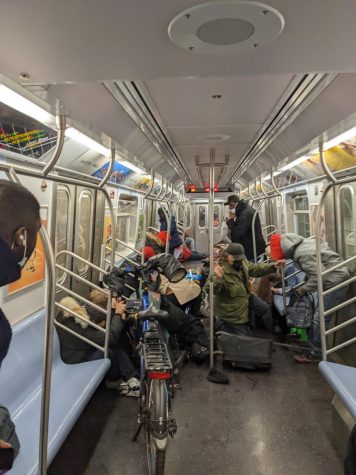
The request for platform barriers comes amid a rise in assaults at subway stations throughout New York City. A WSN reporter was on the scene when a man was shot in a moving subway car in Brooklyn on Dec. 18. A woman was stabbed after entering the station at West Fourth Street and Washington Square later that month. Last July, another woman was punched in the face there, and a man was assaulted in December in the same station after confronting a woman who spat on and punched him.
Some students have reported feeling unsafe at W 4 St-Wash Sq, the closest station to NYU’s Washington Square campus. In October, Steinhardt sophomore Chi Tran was a victim of an attempted stabbing by a man on the Q train when he was standing by the subway doors. After the incident, the man was tackled to the ground from behind by a bystander.
“He came up to me really fast and tried to shove something into me,” Tran said. “I literally did not realize that he was trying to do that to me. Afterwards, I felt scared and a bit dizzy. It was my first run-in with an actual accident in New York.”
Rory Meyers first-year Annabelle Thompson, who uses the subway a few times per week, was followed out of a subway station by a man on her train in December.
“There was one instance where as I was getting off the subway, a man reached for the drink in my hand and gestured that he was thirsty,” Thompson said. “I mumbled something about not having anything for him and hurried off, but when I looked behind me a few moments later on the stairs, he had followed me. I just walked faster and did my best to lose him, and by the time I was on the street he wasn’t behind me anymore.”
Mayor Eric Adams promised at the beginning of his term to increase public safety in the subway by sending more police officers to inspect stations. As of Jan. 30, subways have seen an increase of 88.5% in transit crime since 2021, according to data from the New York City Police Department.
“So as we head into the new year with this recovery, we must restore public trust in our transportation system, and I will say it over and over again, that trust comes with public safety,” Adams said in an announcement on Jan 6. “We are going to add hundreds of daily visual inspections from existing police manpower.”
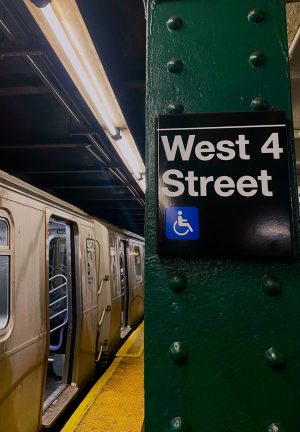
CAS senior Mareda Micheal said the spike in transit crime is worrying for students and other residents that rely on taking the subway, but she questioned the effectiveness of Adams’ plan.
“I think they likely have much deeper psychological issues that need to be addressed and a police officer arresting them is not going to fix that,” Micheal said. “I do think, however, that having more police officers in subway stations may put a lot of people more at ease in their ride, but at the same time, if those officers aren’t properly trained to de-escalate situations properly, I don’t think it will be beneficial at all.”
General crime in the city has also continued to rise into 2022, having increased by about 39% since the start of 2021. The mayor has announced plans to cut costs in the city’s budget by reducing non-personnel spending in each department by 3%, but he is considering exempting the NYPD from the policy and moving officers only to the areas where they are most needed. Newly appointed police transit chief Jason Wilcox added that an increase in uniformed officers will soon be seen in the stations.
“We are determined to make riders feel safe,” Wilcox said during his first day in office. “You will see them.”
Contact Carmo Moniz at [email protected].























































































































































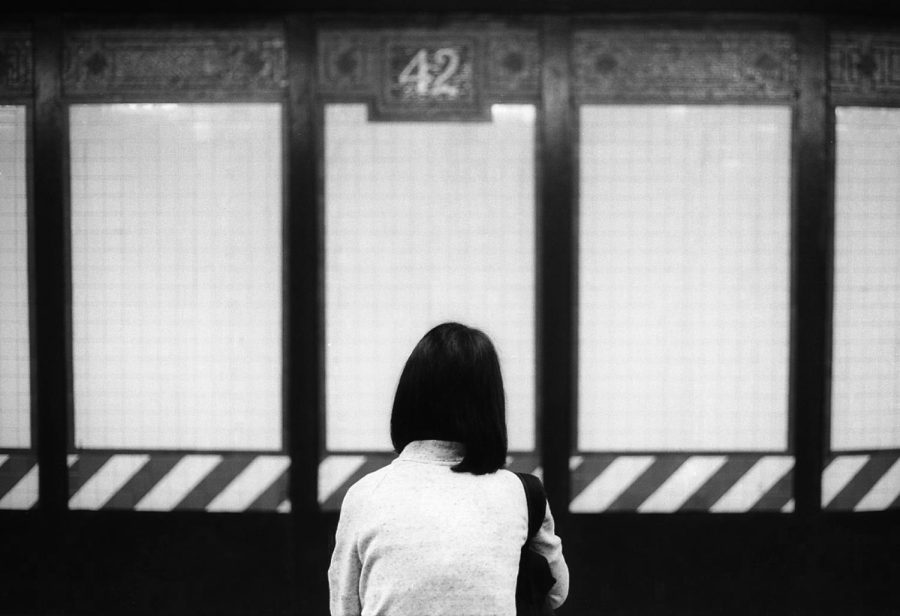
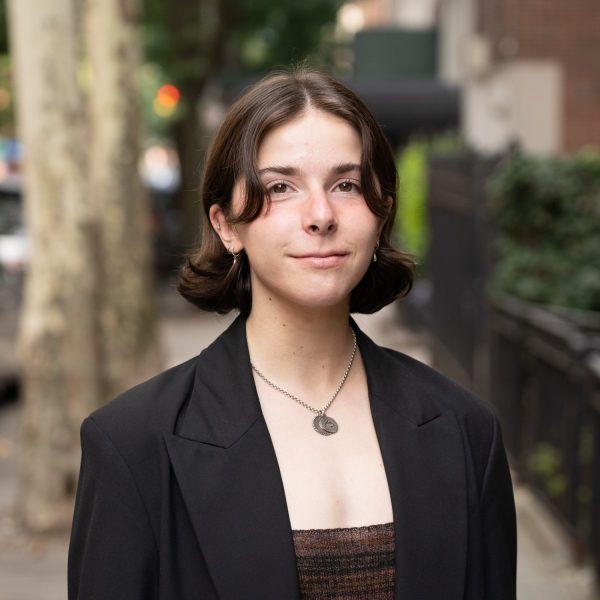
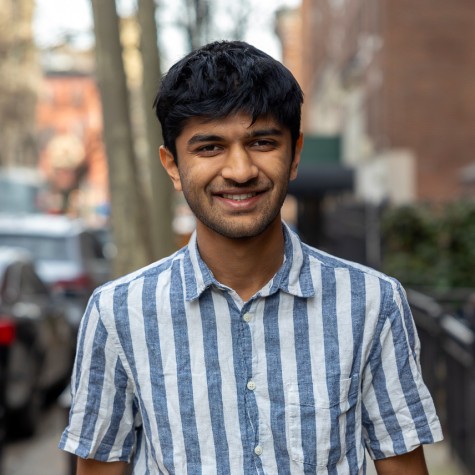

Grace • Jan 31, 2022 at 1:24 pm
This article is really great and informative! Love it!